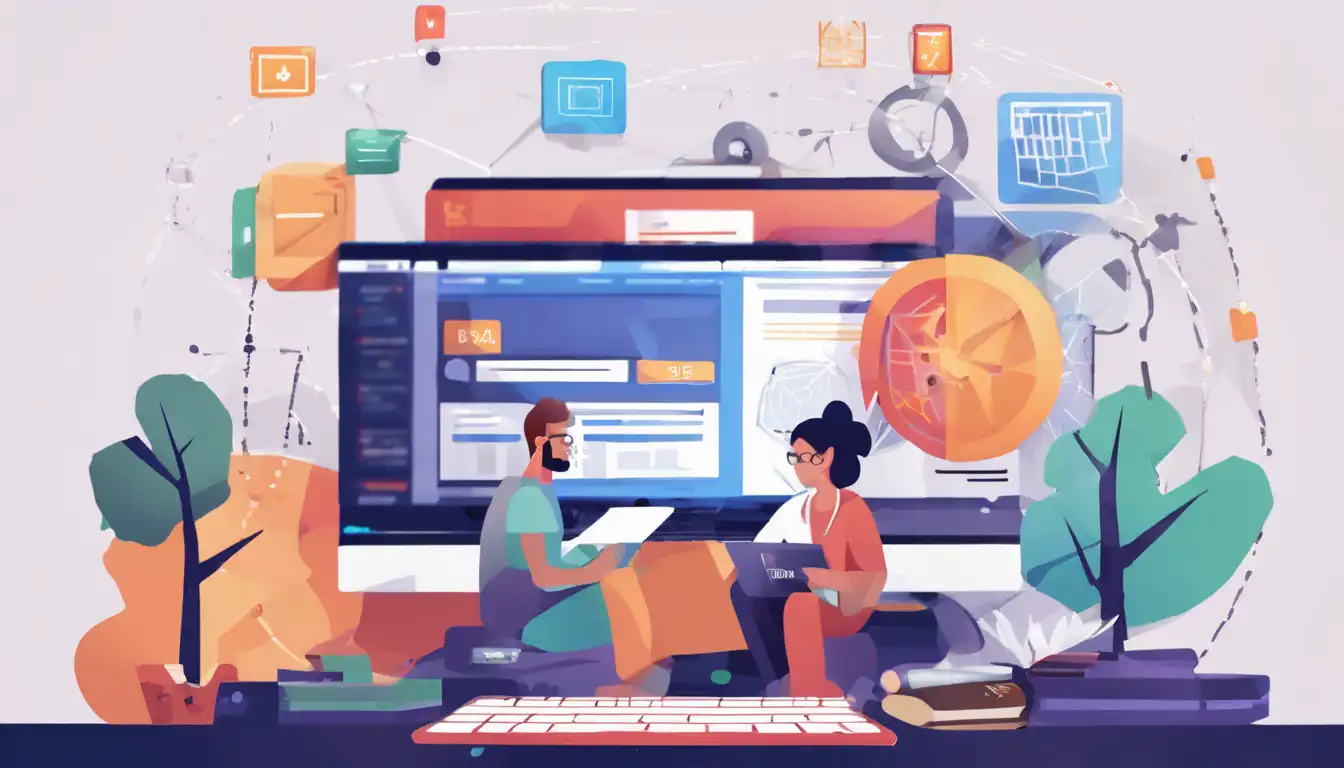Introduction to 2023's Web Development Landscape
As we step into 2023, the web development industry continues to evolve at a breakneck pace. Staying ahead of the curve is not just an advantage; it's a necessity. This article delves into the most significant web development trends that are shaping the future of the internet. From advancements in frontend technologies to the rise of new frameworks, we'll explore what you can't afford to ignore this year.
1. The Dominance of JavaScript Frameworks
JavaScript remains the backbone of web development, with frameworks like React, Vue, and Angular leading the charge. In 2023, we're seeing a surge in the adoption of Next.js and Nuxt.js for server-side rendering, offering improved SEO and performance benefits. These frameworks are becoming indispensable tools for developers aiming to build scalable and efficient web applications.
2. The Rise of WebAssembly
WebAssembly (Wasm) is changing the game by enabling high-performance applications to run in the browser. This technology allows developers to use languages like C++ and Rust for web development, opening up new possibilities for web applications that require intensive computations, such as video editing software and games.
3. Progressive Web Apps (PWAs) Gain Momentum
Progressive Web Apps continue to blur the lines between web and mobile applications. With features like offline functionality, push notifications, and fast loading times, PWAs offer a native app-like experience directly from the browser. In 2023, expect to see more businesses leveraging PWAs to enhance user engagement and retention.
4. AI and Machine Learning Integration
Artificial Intelligence (AI) and Machine Learning (ML) are no longer just buzzwords. They're becoming integral parts of web development, enabling personalized user experiences, chatbots, and advanced data analysis. Tools like TensorFlow.js are making it easier than ever to integrate AI functionalities into web applications.
5. The Importance of Web Accessibility
Web accessibility is taking center stage in 2023. With increasing awareness and legal requirements, developers are prioritizing accessible design to ensure their websites are usable by everyone, including people with disabilities. This includes semantic HTML, keyboard navigation, and ARIA labels.
6. Motion UI for Enhanced User Engagement
Motion UI is a trend that's here to stay. Subtle animations and transitions can significantly improve the user experience by making interfaces more intuitive and engaging. Libraries like Framer Motion and GSAP are popular choices for adding motion to web projects.
7. The Shift Towards JAMstack Architecture
JAMstack (JavaScript, APIs, and Markup) is gaining popularity for its ability to deliver fast, secure, and scalable websites. By decoupling the frontend from the backend, developers can leverage the power of static site generators and CDNs to optimize performance and reduce costs.
Conclusion: Staying Ahead in 2023
The web development landscape in 2023 is all about performance, user experience, and accessibility. By embracing these trends, developers can create cutting-edge websites that stand out in a crowded digital space. Whether it's adopting new frameworks or integrating AI, the opportunities for innovation are endless.
For more insights into the latest in technology, check out our technology trends section.
